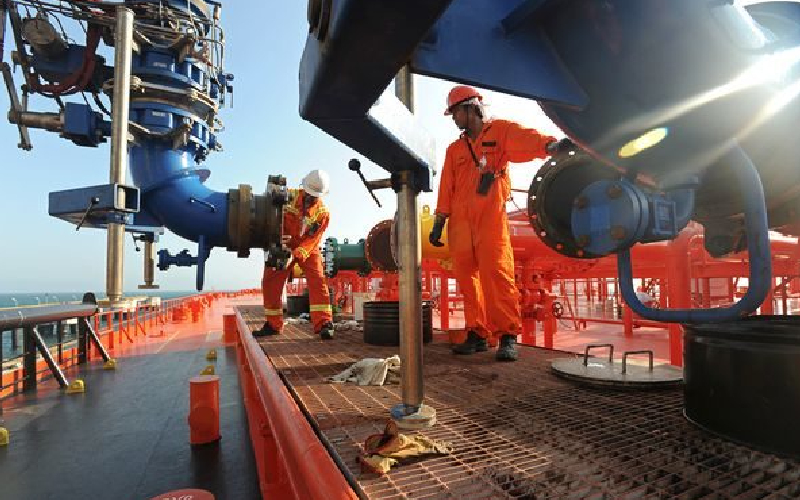Service Detail
Explore the services

Pre-Charter Vetting Inspections

Pre-charter vetting inspections are a crucial service in the maritime industry conducted before a vessel is chartered. These inspections aim to assess the condition, suitability, and compliance of a vessel to ensure it meets the charterer's requirements and complies with industry standards. Here is an overview of the key aspects of pre-charter vetting inspections:
Purpose of Pre-Charter Vetting Inspections:
-
Safety and Compliance Assurance:
The primary purpose of pre-charter vetting inspections is to ensure the safety and compliance of the vessel with international maritime regulations, industry standards, and the specific requirements of the charterer.
-
Risk Mitigation:
Charterers seek to mitigate risks associated with the condition and operation of the vessel. The inspection identifies potential issues that could impact the safety of the voyage or the successful completion of the charter.
-
Operational Suitability:
Charterers need assurance that the vessel is operationally suitable for the intended voyage. This includes verifying the vessel's capacity, equipment, and overall condition to meet the requirements of the planned charter.
-
Protection of Interests:
Both charterers and shipowners have vested interests in the success of a charter. Pre-charter vetting inspections protect these interests by ensuring that the vessel is well-maintained, seaworthy, and capable of fulfilling the charter terms.
-
Compliance with Charterer's Standards:
Charterers may have specific standards and additional requirements for vessels they charter. Pre-charter inspections help verify that the vessel aligns with these standards, including any unique operational or environmental considerations.
Components of Pre-Charter Vetting Inspections:
-
Structural Integrity:
The inspection includes an assessment of the vessel's structural integrity, focusing on the hull, decks, superstructure, and other critical components.
-
Machinery and Systems:
The condition and functionality of machinery, propulsion systems, navigation equipment, and other critical systems are thoroughly examined to ensure operational reliability.
-
Safety Equipment and Procedures:
Inspections verify the presence and functionality of safety equipment, firefighting systems, life-saving appliances, and adherence to safety procedures.
-
Document Review:
Comprehensive review of documentation, including certificates, maintenance records, and compliance documentation, to ensure that the vessel meets regulatory and charter requirements.
-
Crew Competency:
An assessment of the competency and qualifications of the vessel's crew members to ensure they meet industry standards and are adequately trained for the charter.
-
Environmental Compliance:
Verification of the vessel's compliance with environmental regulations and standards, including waste management and pollution prevention measures.
Benefits of Pre-Charter Vetting Inspections:
-
Risk Mitigation:
Identifying potential issues before the charter helps mitigate risks and prevents disruptions to the voyage.
-
Operational Assurance:
Charterers gain assurance that the vessel is operationally sound and capable of meeting the requirements of the intended charter.
-
Compliance Verification:
Ensures compliance with international regulations, industry standards, and any specific requirements set by the charterer.
-
Transparent Chartering Process:
A transparent inspection process contributes to a smooth and transparent chartering process, fostering trust between the charterer and the shipowner.
-
Efficient Charter Execution:
By addressing any issues in advance, pre-charter vetting inspections contribute to the efficient execution of the charter, minimizing delays or disruptions.
In summary, pre-charter vetting inspections are essential for ensuring the safety, compliance, and operational suitability of a vessel before it is chartered. These inspections play a critical role in risk management, protecting the interests of both charterers and shipowners, and contributing to the successful execution of maritime charters.
